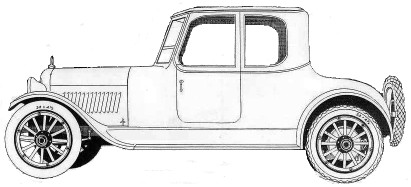| < 1916 | 1918 > |
1917
| Model: | "Six-38" | "Six-39" | "Six-46" | "Six-51" |
| Cylinders: | 6 | 6 | 6 | 6 |
| Horsepower SAE: | 23 | 23.44 | 29 | 29.4 |
| Wheelbase: | 117 | 117 | 124 | 127 |
The large "Six-46" and the small "Six-38" lasted until the end of 1916. They were included in the list of 1917 autos in "The Horseless Age" magazine of November 15, 1916, and in the same magazine's article of "Gasoline Cars at the New York Show" of January 1, 1917. By the end of January, 1917, Paige-Detroit introduced a new lineup of big and small sixes. The larger series became the "Six-51"; the smaller series became the "Six-39". The Fairfield seven-passenger "Six-46" touring car, first introduced in 1915, was still available at the original price.
-
"Six-39" Series
- Roadster, two-/three-passenger, Dartmore (or Dartmoor), $1,175
- Sedan, five-passenger, $1,775
- Touring car, five-passenger, Linwood, $1,175
-
"Six-46" Series
- Touring car, seven-passenger, Fairfield, $1,395
-
"Six-51" Series
- Touring car, seven-passenger, Stratford, $1,495
- Roadster, four-passenger, Brooklands, $1,695
- Limousine, seven-passenger, $2,750
- Sedan, seven-passenger, $2,300
- Town car, seven-passenger, $2,750
The "Six-51" wheelbase was lengthened to 127 inches and prices ranged from $1,495 up to $2,750. Closed models featured v-shaped windshields, with the top half of each side capable of being opened as desired. Soon after the lineup was announced, the "Six-51" coupe was apparently discontinued. The sedan had a center-door body, but the limousine and town car had four doors. Wire wheels were an option. Paige ad copy claimed, "Without being too daring, the lines are fresh and new." Despite the box-like look that prevailed at the time, the new enclosed models could never be mistaken for any other car.
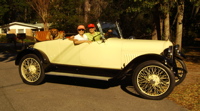
|
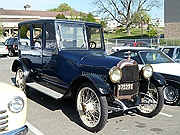
|
| 1917 6-51 Brooklands with owners Kerstin and Nevy Clark and dogs Ducey and Dusty in the rumble seat (Nevy Clark Photograph) | 1917 Six-51 Sedan (Rick Carey Photograph) |
The single "Six-39" closed model, a five-passenger sedan, had more conventional lines than its bigger "Six-51" cousins.
With the introduction of this new lineup, the company also switched from its previous slogan "The Standard of Value and Quality" to "The Most Beautiful Car in America," a slogan that remained in use for years. To our eyes today they might have some interesting design features, but otherwise they were typical of their day.
The effect on the economy of the U.S. entry into the European war caused Paige to increase prices $75 to $100 on all models during the course of the year.
Personal Notes of the Automobile Trade
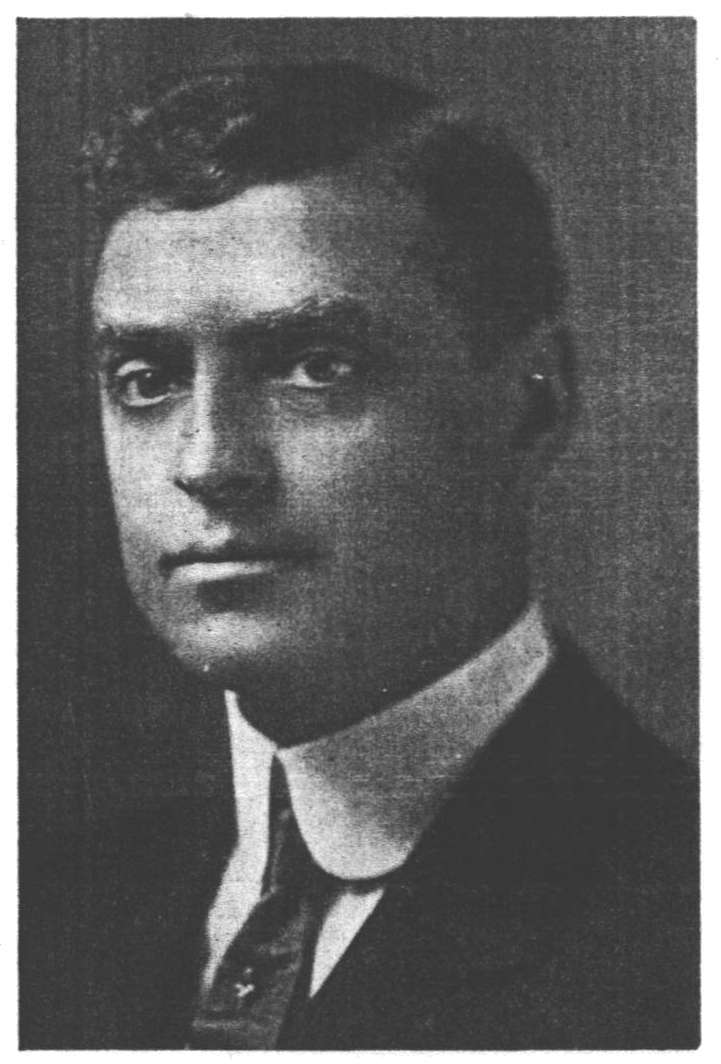
|
| Harry M. Jewett |
As a college lad Harry M. Jewett was a renowned athlete with world's records to his credit, won on the cinder path. Today, his associates believe that some of the same qualities that helped him to win his track laurels have been instrumental in placing him in the forefront of the motor car industry. Mr. Jewett is the president of the Paige-Detroit Motor Car Co., Detroit, Mich., and its active executive head, a position he has occupied since the company was organized about seven years ago.
He is a graduate of Notre Dame University, an engineer by profession and a man of wide experience, varied training and many interests. Early in his career be entered coal mining with the W. P. Rend Coal Company, of Chicago, and started in for himself in this business in Detroit in 1903. He was one of the organizers of the firm of Jewett, Bigelow and Brooks, miners and wholesale dealers in coal, of which concern he is still the president.
Mr. Jewett was a member of the Michigan Naval Reserve, serving in the war with Spain on board the U.S.S. Yosemite and he has always retained his interest in naval and military affairs, being especially active in the various recent plans to further national preparedness.
In the early nineties Mr. Jewett was nationally prominent in athletics and while proficient in any branch of field sports, was particularly conspicuous as a sprinter. He set a world's record of 21-1/5 seconds for the 220-yard dash and held the A.A.U. national title for that distance. Baseball and football were within his sphere. Now Mr. Jewett is content to play golf and take his thorough-bred hunters over five-bar fences.
The Horseless Age Magazine, March 1, 1917
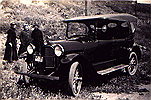
|
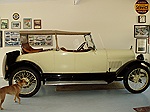
|
| 1917 6-46 Fairfield (Internet image, uncredited) | 1917 6-51 Brooklands (Nevy Clark Photo) |

|

|
|
| 6-39 Dartmore | 6-39 Linwood |
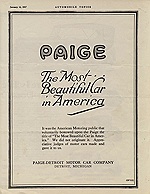
|
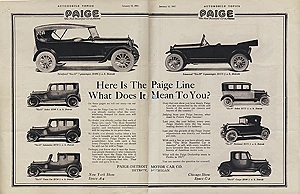
|
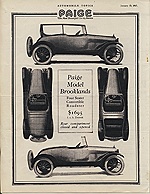
|
| "Automobile Topics" magazine, January 13, 1917 | ||

|
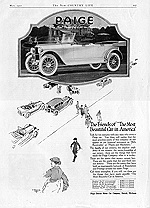
|
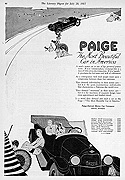
|
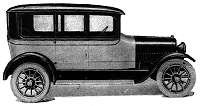
|
|||
| Six-51 Stratford | 1917 Six-51 Stratford. The New Country Life, May, 1917 | 1917 models. Literary Digest, July 28, 1917 | Six-39 Sedan |

|
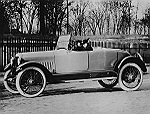
|

|
| 1917 6-51 Convertible Sedan (AACA Library Photo) | 1917 6-51 Brooklands (AACA Library Photo) | 1917 6-51 Stratford (Internet, uncredited) |
Elsewhere in 1917:
- Henry and Wilfred Leland, father and son, leave General Motors to found the Lincoln Motor Company.
- The price of a Ford is $360; the price of a Pierce-Arrow or a Locomobile is upwards of $3,000.
- The bottle-manufacturing Graham brothers advertise a $385 truck conversion kit for the Ford, continuing their business success that ten years later will have profound implications for Paige-Detroit.
| < 1916 | 1918 > |
